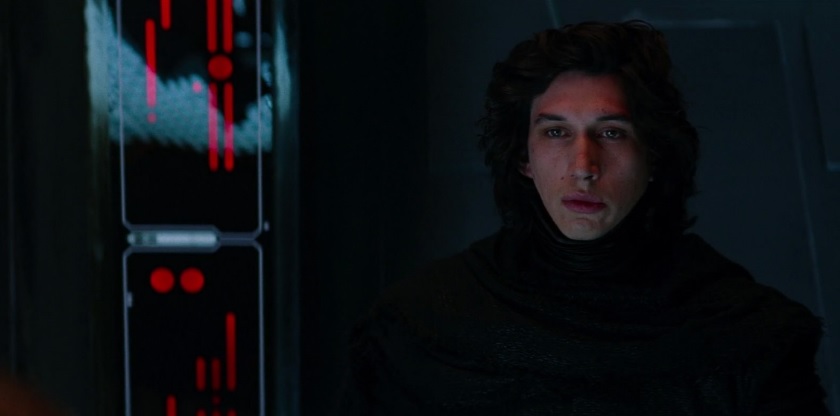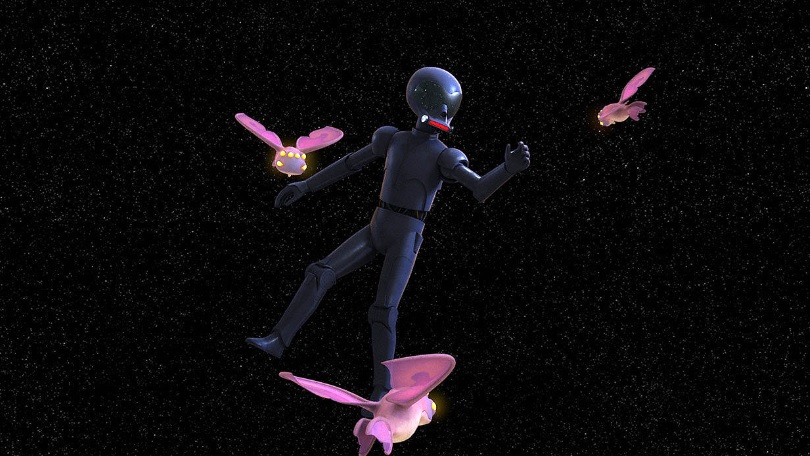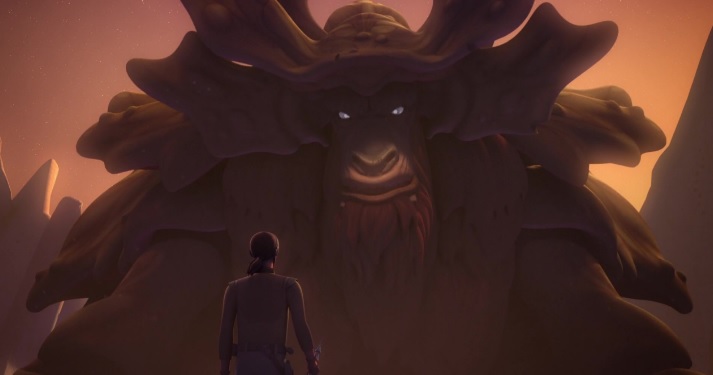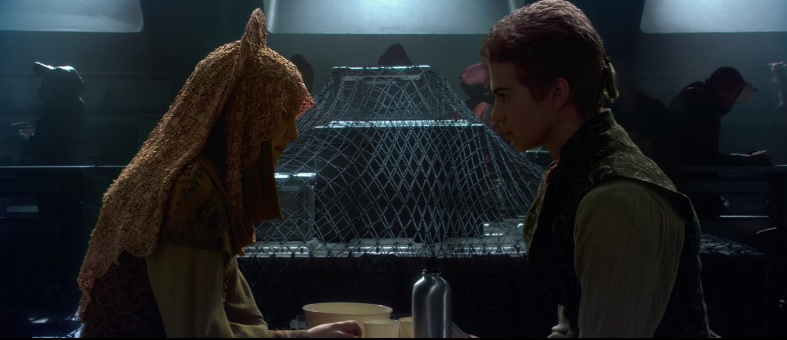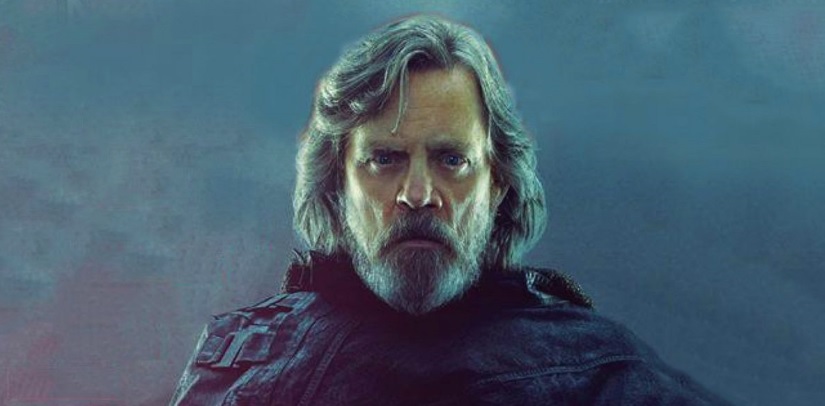
Note: The speculation about The Last Jedi in this article is based only on official sources – behind the scenes footage, interviews with the cast and director, and merchandise.
It’s been lurking in the fandom subconscious for some time; we’re just afraid to confront it. Surely they would never kill Luke Skywalker in the very next film after offing Han Solo? The childhood hero for millions, forced by his own guilt into a lonely, tortured exile, returns to the galactic stage only to shuffle off its mortal coil for good? That would be absurd, wouldn’t it?
Lisa Schap already speculated, long before details of the story were known, about the necessity for Luke to be written out of the sequel trilogy. Didn’t everything change, though, with The Force Awakens? Didn’t Han’s unexpected (yet quite wonderful) role as Rey’s mentor/father figure, and his tragic death, mean Luke dodged this particular bullet?
I’ve felt that way for a long time. I’ve lived happily in denial. I’m sorry to say, though, that knowing what we now know about Luke, I can no longer deny the truth. TFA only prolonged the inevitable. Luke dying in The Last Jedi is not just a very real possibility – it might also be best not just for the story of the trilogy as a whole, but also for Luke himself.
